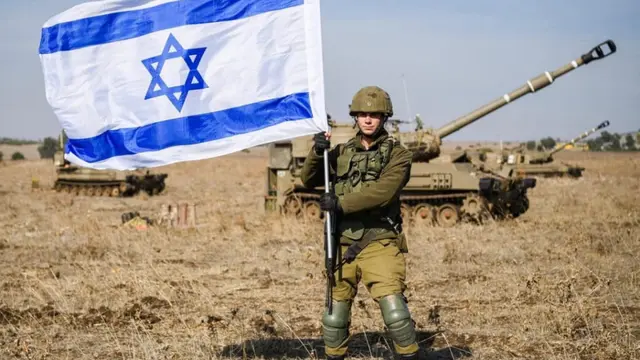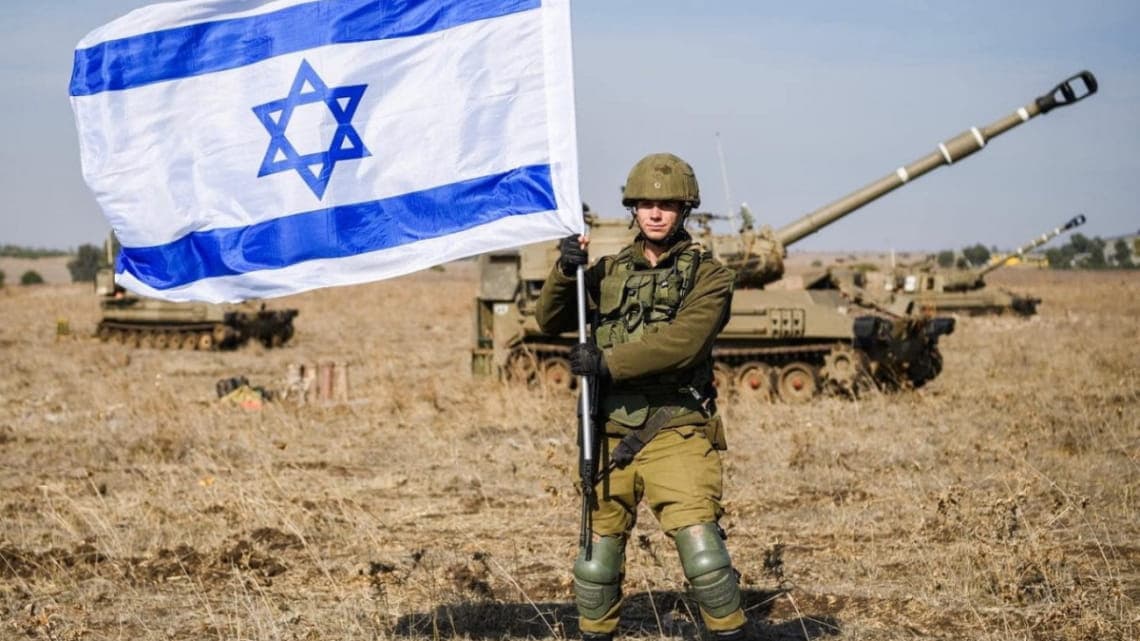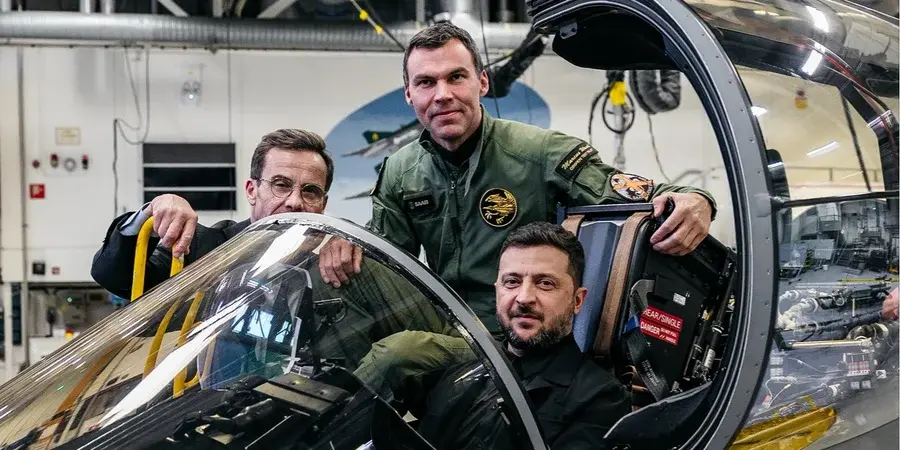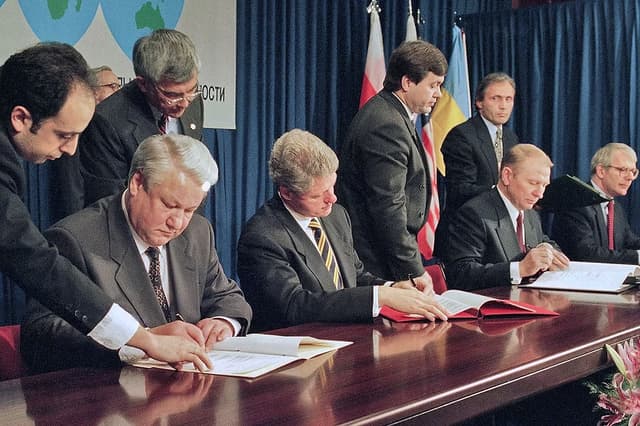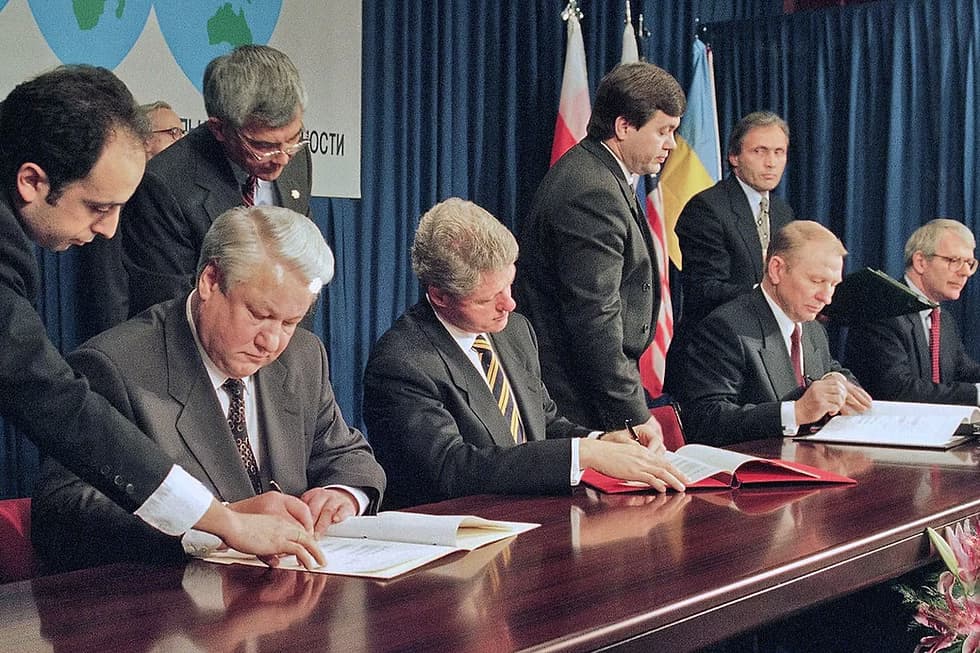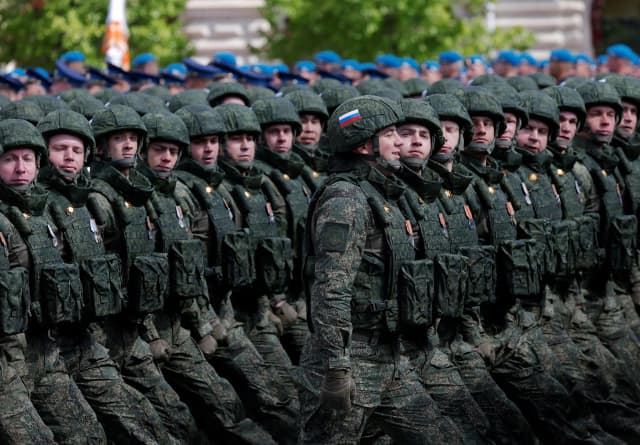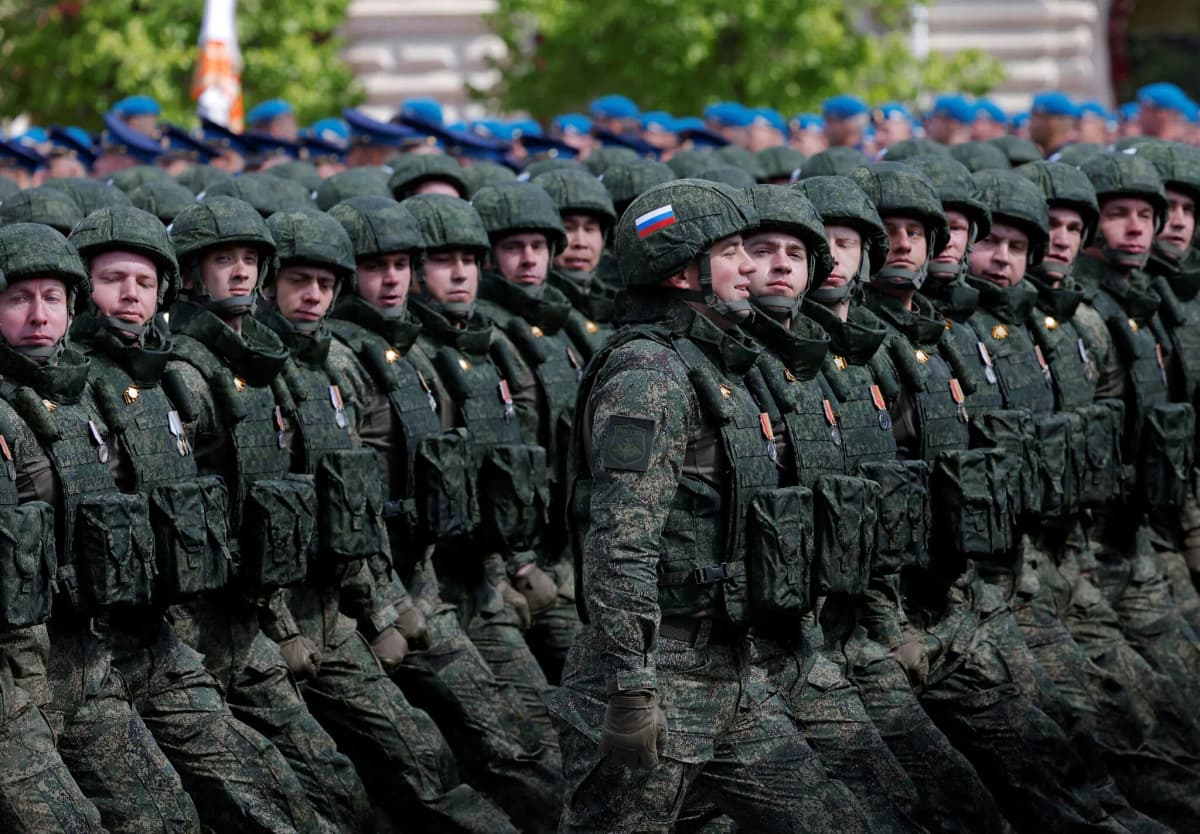Returning to the origins: or why a European NATO should recall its own past
 Most discussions about NATO focus on two questions:
Most discussions about NATO focus on two questions:
- Will NATO really invoke Article Five if necessary?
- Will the United States really come to help London, Paris, and Berlin? By the way, this is a question that Charles de Gaulle asked before he started the French nuclear programme.
What if we start with the fact that the NATO that was created does not correspond either structurally or functionally to what it is today.
At one time, General Eisenhower, the first Commander-in-Chief of the Allied Forces in Europe, planned to create a multi-umbrella security system, where NATO countries within the Alliance were divided into regional groups (umbrellas) according to similar security challenges and military specifics. Given that achieving unity of interest and military-technical unification even among several countries is a difficult, and by some measures even impossible task, this idea was transformed into regional commands at the European level.
And all the umbrellas would have to be united into one big one under the joint command of NATO. In this way, Eisenhower planned to solve several problems:
1) To increase the sustainability of defence alliances, as they would be built around common natural interests of countries - at least at the sub-regional level, not the whole Alliance.
2) Achieve a high level of matching of military equipment and coordination, as this is difficult in large alliances, but more realistic in sub-regional alliances (regional commands).
3) Regionalisation would increase trust between Allies facing similar security challenges and create a higher level of political interaction in the Alliance as a whole. It would shape the culture of the Alliance.
More formally, within NATO itself, Eisenhower's regionalism provided the basis for allied commands throughout the Cold War. The original plan, laid out by the alliance's first SACEUR, General Dwight D. Eisenhower, divided NATO territory and the seas surrounding it into a series of geographic commands.
There were three of them on land: Allied Forces South (AFSOUTH), which dealt mainly with Italy at the time; Allied Forces Centre (AFCENT), which focused on most of Western Europe; and Allied Forces North (AFNORTH), which dealt with Scandinavia. Later, the Northern Command received an additional command branch responsible for protecting the approaches to the Baltic, a mission that rested on the British.
Eisenhower, on a territorial basis, actually informally built another ‘sub-NATO’ under NATO, but within the structure of the Alliance: the system that practically existed until the 1990s, demonstrated efficiency, a high level of NATO's natural involvement and did not raise questions of trust.
But after the 1990s, the Americans began to criticise the system, and eventually it was finally cancelled in 2002.
The main reason for the American criticism was that they wanted to make the European structure of NATO more suitable for their own purposes. The main US interest in restraining the Soviet Union disappeared with the collapse of the Soviet Union.
That is, the Americans advocated a shift away from a territorial focus on defence towards permanent, limited overseas operations - far outside Europe, far from European interests, but in the interests of the United States.
Until the collapse of the Soviet Union, Europe and the United States had a common interest in NATO. After that, the common interest changed to a purely US interest - to have NATO and its allies as a tool for ‘police missions’ and a non-competitive market for orders in the US military-industrial complex.
And now, the US interest has shifted to confrontation with China, which is also far beyond Europe's natural interest, if we use the approach of the current US administration.
The Americans used the collapse of the Soviet Union to criticise the ‘’supposedly outdated system ‘’ of NATO, which may have become less relevant with the collapse of the main threat, but it is certainly not outdated.
Indeed, the Americans have transformed NATO from a defensive alliance into an organisation that provides legitimation and infrastructure for overseas US ‘police missions’.
And after 9/11, NATO's European structures were structurally and functionally modified - from the territorial principle of guaranteeing its own security to conducting limited military operations, most often anti-terrorist ones.
Therefore, it is wrong to ask the question now: ‘Will NATO invoke Article Five if necessary?’ but rather: ‘Does today's NATO have anything in common with the idea of the NATO that formed the basis of the Alliance's structure and function?’
NATO is at the stage of structural deterioration and transformation of the organisation into a prototype of Moscow's dysfunctional analogue of the CSTO, where the organisation does not represent the common interests of its members, but rather uses the association in one hand as a geopolitical tool. This is what the CSTO is now for the Kremlin - and what NATO is gradually turning into in its relations with the United States.
The main reason for NATO's degeneration - the natural divergence of interests between the US and Europe.
It is difficult for European leaders to accept the fact that something that has existed and guaranteed security for more than 75 years is in the process of self-disintegration. Sooner or later, a decision will have to be made: either to wait until it is clinically dead (waiting for confirmation of the incapacity of Article 5), or to take responsibility for the reset, or rather the re-founding of NATO to a self-reproducing ‘community of interest’ that will most likely be limited to the European continent. In other words, to return to the origins.
Is it possible to simply modernize NATO without re-founding it?
It will be difficult to modernise the current NATO in its current form, because a product (political, banking, marketing) which has lost the faith and trust of consumers is often unlikely to be able to restore that level of ‘trust’ through purely individual reforms.
Restoration of trust can be ensured either by deep rebranding or by re-establishment, which is most often the product of deep rebranding to restore trust in the product through the actual building of this trust from scratch.
And my proposal is that NATO - its European part - should return to the Eisenhower's vision of functionality. In fact, to re-found the North Atlantic Alliance into a European Defence Union (E.D.U.).
The E.D.U. will be united by common European security interests and the desire for strategic defence stability for the sustainable development of the Union's members.
But even the European continent has different security interests. Therefore, at the organisational level, we can borrow Eisenhower's ideas and create three ‘European umbrellas’, or zones of active cooperation on a regional basis. What once restrained the more dangerous Soviet Union will be able to restrain its paler copy, which is modern Moscovia today.
To create, on the basis of interstate treaties: Western Atlantic, Baltic-Black Sea, Balkan-Mediterranean security umbrellas.
Each group has its own specific tasks and interests:
West Atlantic
This umbrella would consist of Western European countries (the UK, France, the Netherlands, Belgium and Portugal) that have access to the oceans, overseas territories and an appropriate structure of armed forces with a strong naval component. Its task would be to ensure defence and deterrence operations outside Europe, as well as a maritime (oceanic) component, having the appropriate naval capabilities specific to these countries.
Baltic-Black Sea
This grouping should include Germany, Poland, Ukraine, Romania, the Czech Republic, the Baltic States and Scandinavia. Its main task would be to restrain and counteract Moscovia, as well as to ensure security in the Baltic and Black sea basins.
Balkan-Mediterranean
This group would include Spain, Italy and the Balkan countries. Its main task is to protect Europe from illegal migrants, weapons and drug smuggling from Africa.
In fact, the main functions are patrolling, monitoring, rapid deployment of geographically close police missions, and maintaining stability in the Balkans in case of need or attempts at external provocation.
All three of these formations (umbrellas) are autonomous, but a series of interstate treaties unite them into one large one, which forms the basis of the European Defence Union (E.D.U.), which can be either an alternative to NATO or a NATO-adjacent organisation (regional, under an umbrella) if certain countries find it difficult to accept a new stage of geopolitical development at a certain stage.
The second component, after building the organisational structure, should be to build up the European Defence Union's nuclear potential - at least to a level sufficient to counter Moscovia.
According to estimates, at least a thousand warheads are needed to restrain the Kremlin on a parity basis, which can be delivered by all means of the nuclear triad: by sea, land and air.
Space may soon be added to this list. In fact, Europe needs to double its nuclear potential from the 550 units that France and the United Kingdom currently possess.
Imbalance between the umbrellas
As we can see, in such a structure, all available nuclear weapons with more than 500 warheads would now be concentrated in the West Atlantic group (in the UK and France). Instead, the Baltic-Black Sea group, which should actually be the main factor in deterring a nuclear Moscovia, remains ‘nuclear naked’.
Among the countries of this grouping that could potentially become a nuclear power: Germany - has a commitment not to develop its own nuclear weapons, and public opinion within the country will not allow it. Poland is focused on deploying US nuclear weapons and has absolutely no experience with nuclear energy, except for the ‘Maria’ research reactor.
The logical country to choose, which has nuclear potential, uranium, experience in operating nuclear weapons, research and development remains and an active programme of launch carrier development, is Ukraine.
Ukraine, which has to pursue a ‘hedgehog’ strategy to guarantee its own security, could simultaneously guarantee a nuclear umbrella in the region.
This would be beneficial not only for Ukraine itself, as it would serve as a certain security guarantee, but also for Europe, as there is no more natural force in Europe that can be trusted to restrain Moscovia.
The sooner European governments realise that any socio-political and security structure is impermanent, and that recognising this impermanence is not a tragedy for NATO in its current form, but a stage of development. The sooner this development takes place, the sooner it will lead to new, more effective forms, rather than burying participants under the rubble of old architecture.
You may be interested
